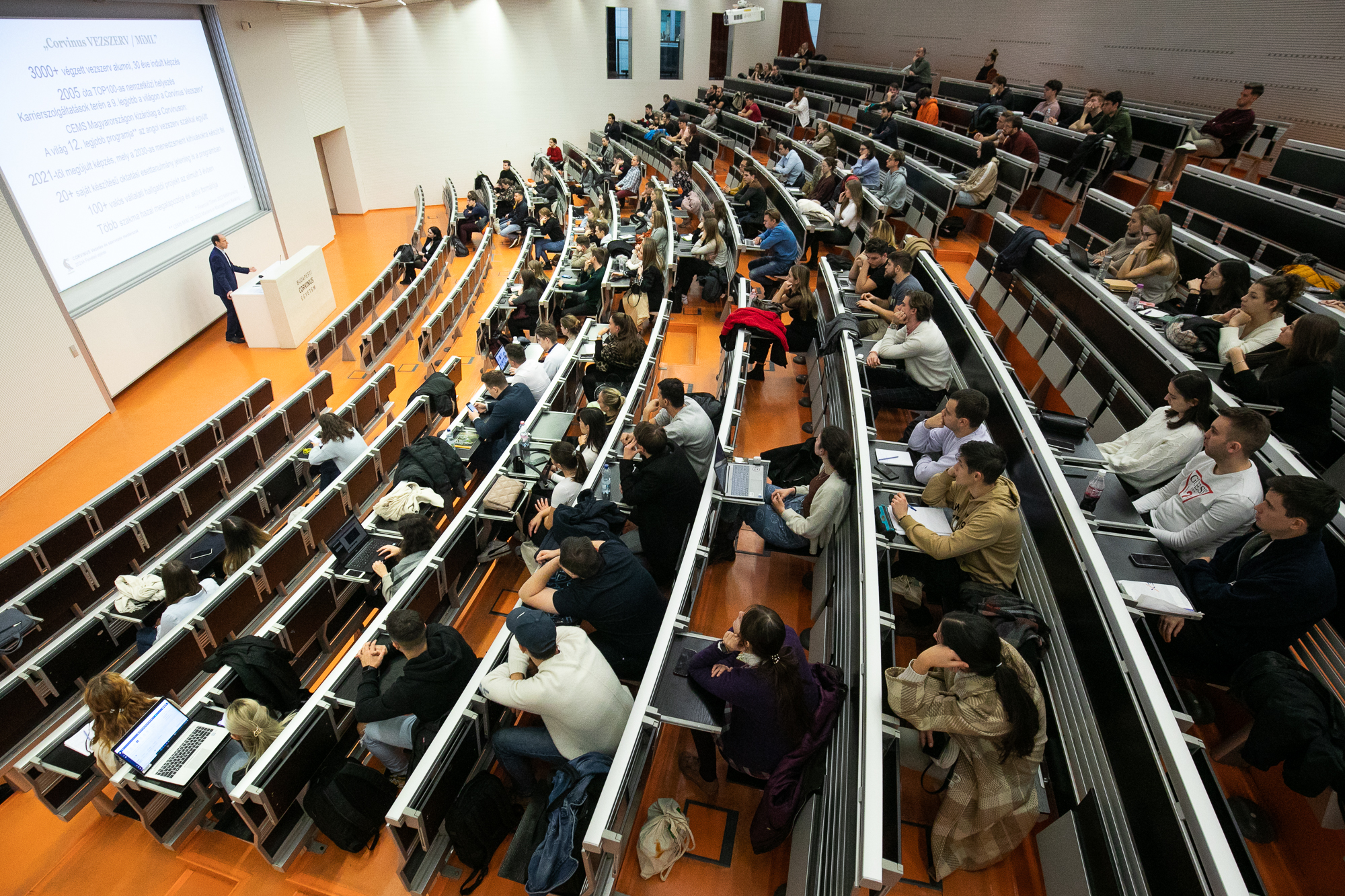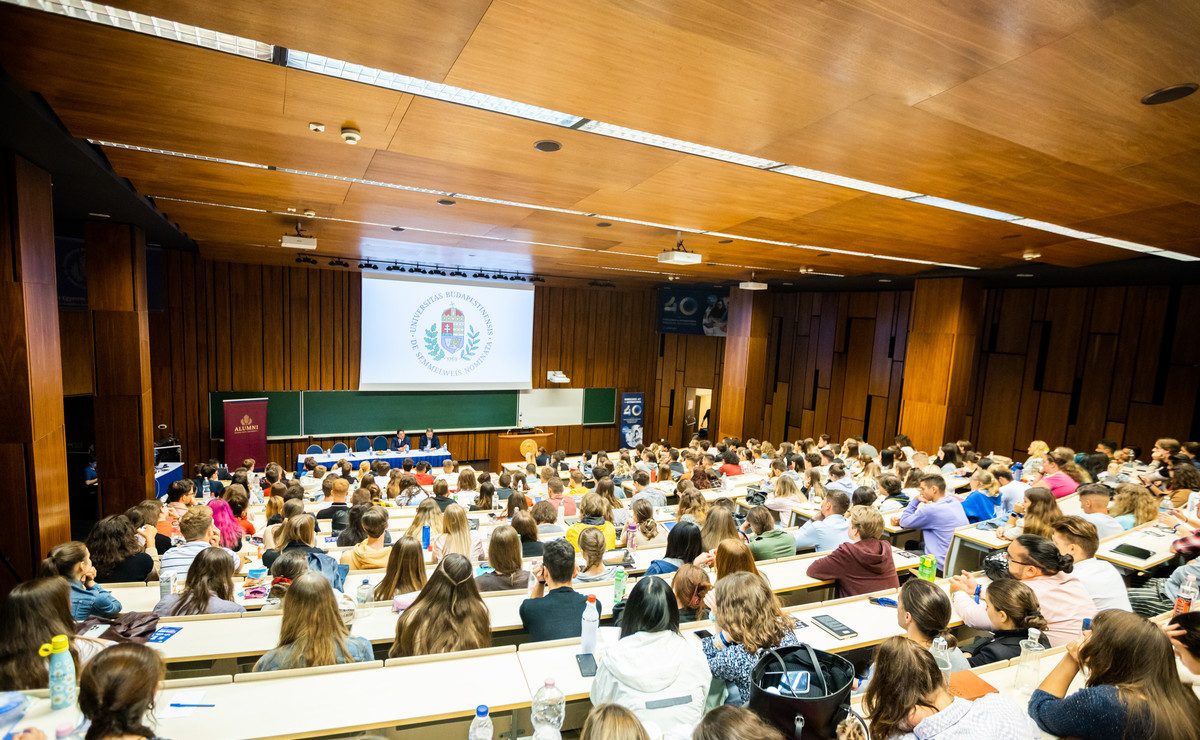
The State Secretary for Higher Education called the increase a very important step forward.Continue reading

Thanks to the competitiveness of the renewed Hungarian higher education system, the benefits of the degree and the new, personalized and flexible admission system, the number of applicants to higher education institutions exceeded 120,000 this year, a significant breakthrough compared to previous years.
The State Secretary for Higher Education, Vocational and Adult Education and Youth, Veronika Varga-Bajusz, pointed out in a social media post that eight out of ten students admitted can start their studies as state scholarship holders. The state will spend an average of HUF 6 million (EUR 15,056) on the studies of a scholarship student during the whole course of their education, reports Magyar Nemzet. The State Secretary recalled that an important element of the new admission system is that this year universities decided on a fifth of the points, and their freedom of decision has also increased significantly in relation to the secondary school leaving certificate and study points, thus strengthening the autonomy of universities.
One in two students were enrolled in so-called STEM+ courses, which are a priority for the national economy, such as engineering, science, agriculture, medicine and health, education and IT.
Teacher training was in second place, with nearly 13,000 students enrolled. Of these, around 8,500 enrolled in nursery teacher education and teacher training, including more than 1,400 in STEM (mathematics, science, technology, engineering, computer science, agriculture, medicine, health and arts) teacher training.
According to Veronika Varga-Bajusz, the results of the universities speak for themselves: this year, twelve Hungarian universities are in the top 5 percent of the world, three are in the top 2 percent and one is in the top 1 percent. Thanks to performance-based funding, the academic performance of universities has increased by 30 percent, the institutions have almost 6,000 more active students, the drop-out rate has improved, 3,500 more students have been able to continue their studies and 1,200 more are progressing faster.
One in two applicants gained admission to higher education institutions in rural areas, showing that the new model is working to make universities more regionally relevant, and one in five applicants is over 30 and has chosen to work.
The number of students from disadvantaged regions has increased by an average of 50 percent this year, making higher education both competitive and an opportunity,
concluded the politician.
Via Magyar Nemzet; Featured image via Facebook/Semmelweis Egyetem